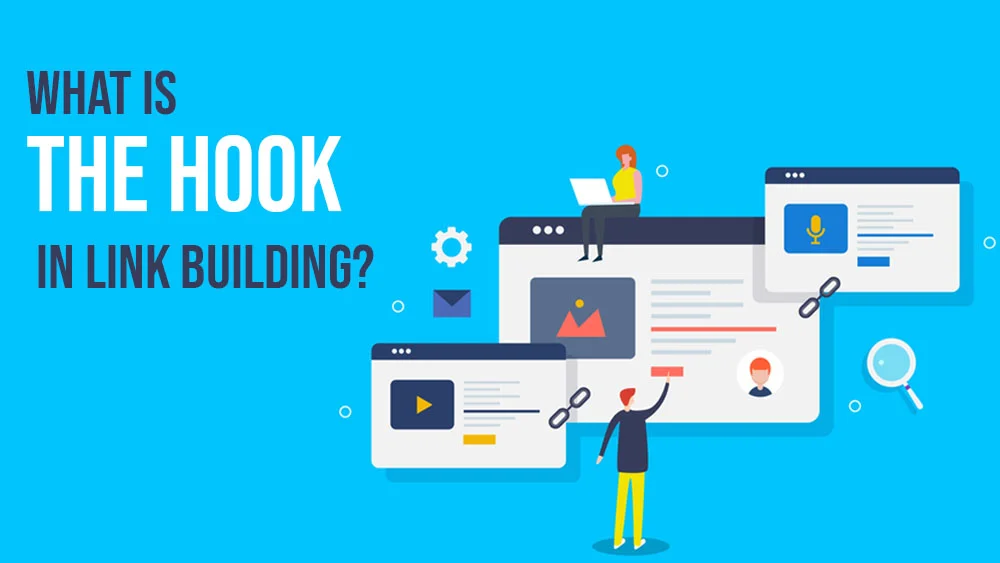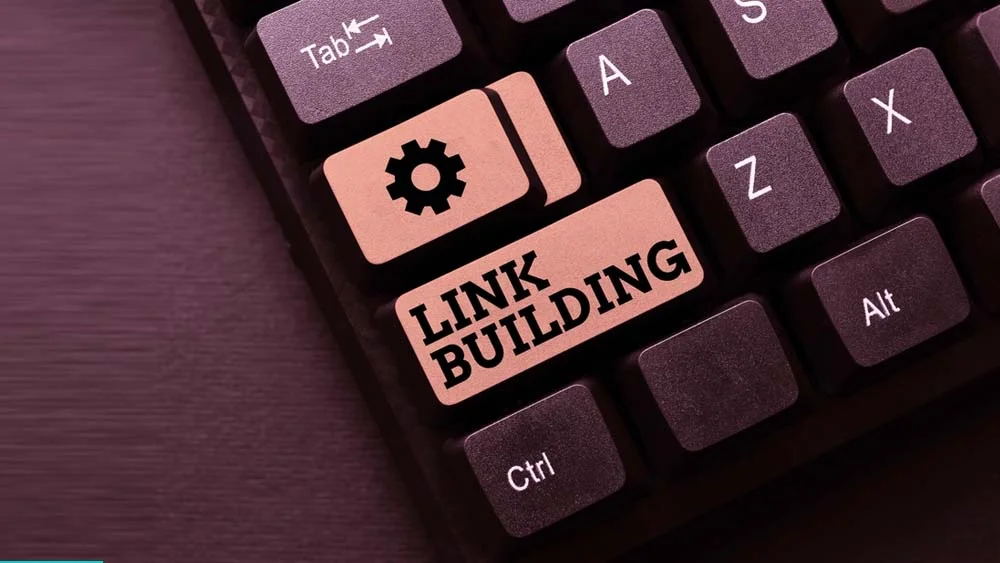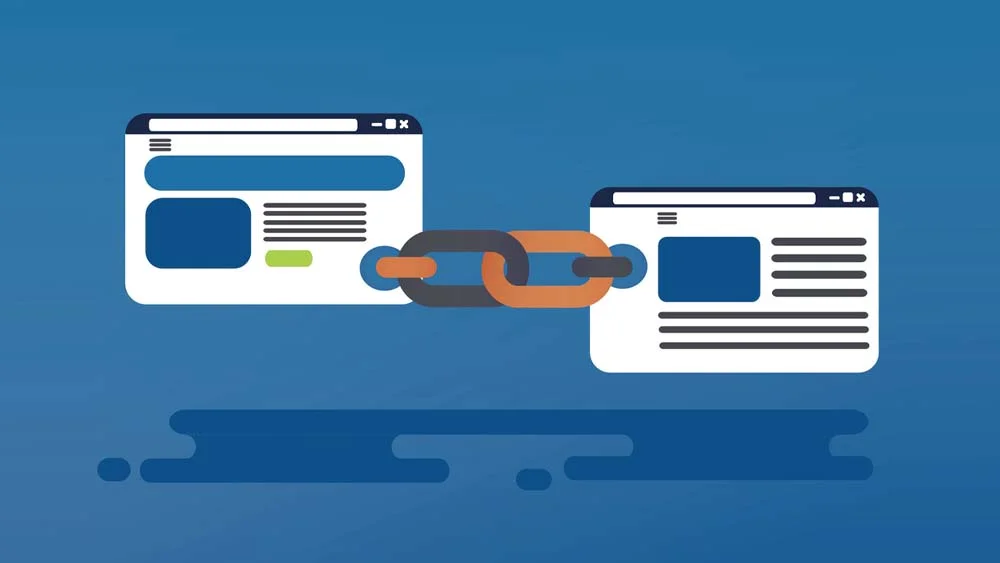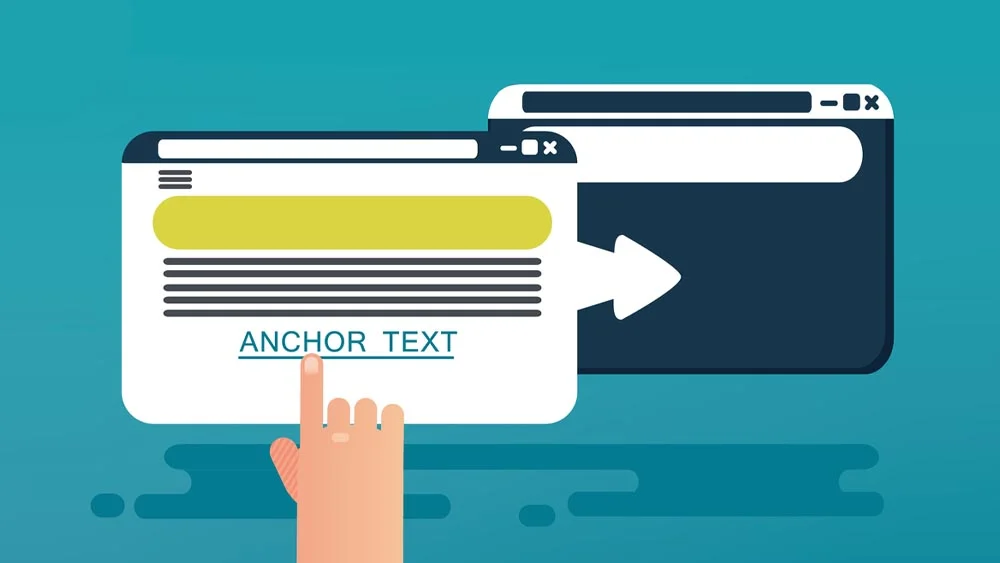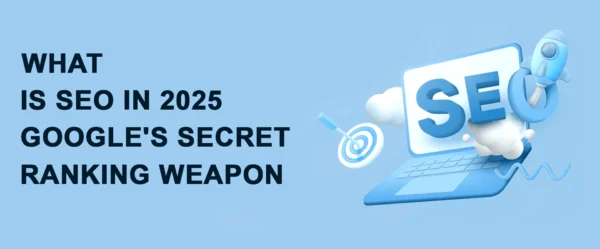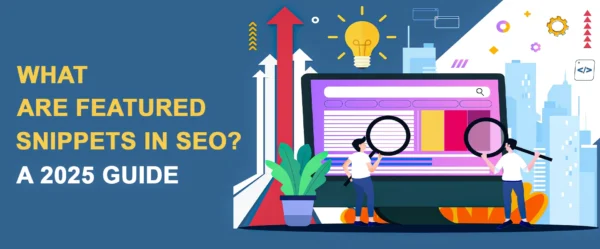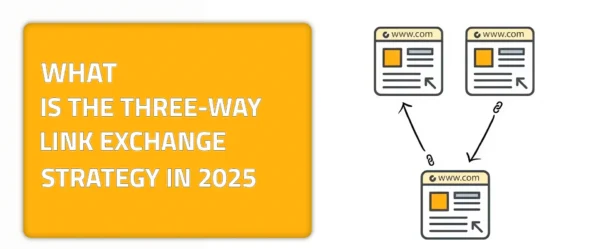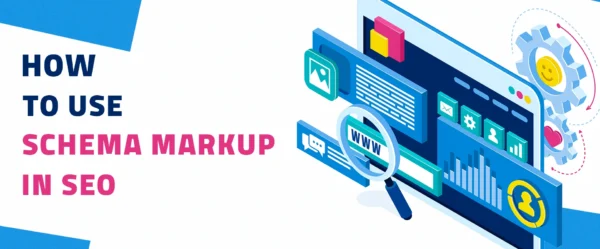Today’s digital landscape is one that is filled with opportunities that allow you to enhance your search engine rankings and visibility. Link building remains one of the most effective strategies that is able to boost your website’s authority. However, you need to keep in mind that not all types of content will give you the ability to earn those valuable backlinks that will help you with your exposure. That is why my guide for today is about what the “hook” is in link building. Think of “the hook” as the irresistible element of your content, the unique angle or piece of value that grabs attention and makes other websites want to link to you. Without a compelling hook, even the most detailed, well-researched content can get lost in the vast sea of the internet.
It comes in many shapes and types. Ones that we will uncover comprehensively in this article. Hooks can be delivered through surprising data, emotional appeal, or even eye-catching visuals. This is considered the secret marinara sauce that you top your content with in order to make it shareable. It is essential that you understand how to craft the right hook. That is because hooks can dramatically increase your success rates of earning high-quality backlinks. Additionally, they can help you improve your website’s SEO efficiently. Delve deep into this topic with me to learn and understand more about hooks and what makes them important for your SEO.
Definition and Explanation of “The Hook” in Link Building
“The hook” in link building is the key element that transforms ordinary content into something people can’t resist linking to. Simply put, it simply entices and adds some delicious spices for your efforts to create a good SEO strategy. But what exactly is it? To phrase it simply, it’s the unique value or compelling element in your content. One that grabs attention greatly. Think of it as the magnetic force that makes other websites want to reference your article, infographic, or research. Not for anything other than how it offers something truly engaging or useful.
I know that you may be asking, How does this relate to attracting backlinks? Well, if your content doesn’t stand out, why would anyone link to it? The internet is filled with articles regarding the same topic that a lot of people research. However, only a handful of those thousands of links are what offers true value. Let me walk you through a hypothetical situation for better understanding of what I am referring to. Imagine you have created an article or content piece that is filled with data-driven insights or great visuals that aid people to reach what they’ve been looking for.
This is what I mean by crafting a compelling “hook” for better link-building opportunities. It is simply a compelling story that drives webmasters, internet surfers, or even bloggers to think, “This is definitely useful and has a true value to it.” As a content writer myself, sometimes I read articles that are very moderate in terms of being useful and other times I read ones that have a certain call-to-action that blows my mind and makes me want to share that piece.
This is when you know that you’re on the right track of things. Without a hook, your content may end up overlooked, no matter how detailed or well-written it is. So, the hook is more than just a marketing trick. Consider it the core reason why others feel compelled to link back, boosting your website’s authority in the process.
The Many Types of Hooks in Link Building
Here we go again, with my favorite paragraph that allows us to dive deep into the topic and understand more about it in a detailed way. The types of hooks in link building are something that you should conduct thorough research to know and understand. They simply give you a glimpse of each and every type that you can use and implement in your content strategy. What kind of hooks are considered more effective than others? Let me tell you. Let us start with data-driven hooks. A data-driven hook is one powerful tool that you should leverage to your own advantage.
People love hard facts and stats that support their claims. I for one love it when someone shares their references and points out their resources. You will find that the majority of people who like data-driven hooks and are actually “hooked” to them are marketers and journalists. By sharing original research or insightful statistics, your content becomes a go-to resource for others. This will help you attract links naturally.
Emotional and Visual Hooks: What to Know About Them?
Onwards with the types. The next on our list is the emotional hook. You know how certain content goes viral sometimes in no time? Take the newest October 2024 trend that is associated with the actor Nicholas Chavez as an example. With a compilation of some of his “attractive clips” and a good song, the video has reached over a million views in two days. The emotion hook often tends to tug at the heartstrings of people. They tend to attract strong reactions and trigger them. Whether it’s humor, inspiration, or even shock or surprise. It just needs to be correctly appealing in order to drive people to share and link to your content.
Next up is the visual hook. Infographics, images, and videos are incredibly shareable and digestible. A visually engaging piece of content doesn’t just get attention—it sticks in the mind, making it more likely to be linked to. Finally, a storytelling hook is all about creating a narrative that resonates. One that people will simply look at and say, “I relate to this.” That is, as people always tend to relate to stories. When your content is compelling, it draws in an audience who are eager to share it with others. Each of these hooks plays a unique role in making your content link-worthy.
What is Considered a Hook in Link Building?
When it comes to creating effective hooks in your content, call-to-action (CTA) statements play a crucial role. But what exactly are CTAs? They are the prompts that encourage readers to take specific actions, whether it’s clicking a link, signing up for a newsletter, or exploring your offerings. Think about it: how often do you find yourself clicking on a button that says “Subscribe Now!” or “Get Started”? These simple phrases can significantly increase engagement because they provide clear direction. They also make people click to know what more can offer them.
Then there’s button text, which complements CTAs by making the action visually appealing. Buttons like “Join Our Community,” “Discover More,” or even “Get Started” stand out and invite interaction. Have you noticed how a well-placed button can lead to more clicks? That’s because they are designed to catch the eye and encourage immediate action. Colors play a contributing factor to that as well, so brand your website correctly and I promise you that your click-through rate will increase eventually.
Texts and Text Excerpts: What Are These Hooks Exactly?
Anchor texts serve as hyperlinks that guide readers through your content. They connect related ideas and provide context. For example, if you mention a relevant article, a phrase like “learn more about SEO strategies” becomes an inviting link.
Then there are text excerpts, our final element that is considered a hook. They are often used in social media sharing. Additionally, they act as hooks by summarizing content in a tantalizing way. Phrases like “You won’t believe what happens next!” pique curiosity, urging readers to click through for the full story. Leverage the power of these hooks and understand more about them to craft compelling ones that will help you increase your visibility and exposure.
Why Are Hooks Important for Link Building
Why is “the hook” such an important aspect in link building? Simply put, it’s what makes your content stand out from the heavy digital crowd. In an era where we publish thousands of blog posts daily, having a compelling hook can be the difference between succeeding in sharing your content widely or simply losing it to the noise. A well-crafted hook grabs attention, whether it’s a surprising statistic, a relatable story, or a visually stunning infographic. But how does this impact your link outreach success?
When you send out outreach emails, those you’re contacting want to know why they should care about your content. A strong hook gives them a clear reason. It shows your content has something fresh and valuable to offer their audience, increasing the likelihood that they’ll link to it. In fact, a powerful hook can significantly improve your outreach response rates, helping you secure high-quality backlinks and boost your SEO efforts. So, the hook isn’t just an element that is nice-to-have; it’s essential for effective link building. Understand it, leverage its power, and use it to your own advantage to climb up those big SEO success ladders.
Final Thoughts to Wrap Things Up!
To wrap things for you, hooks are of great importance. This is an element that is essential for successful link building, as it differentiates your content and entices others to link back to you. By leveraging data, emotional storytelling, or striking visuals, you can create a compelling case for why your content deserves more attention from search engine result pages (SERPs).
As you refine your strategies, remember that a strong hook not only enhances your outreach but also builds lasting relationships within your industry. If you’re looking to amplify your link-building efforts, consider using linkexchange.ai. This is a powerful tool or platform that our developers designed to connect you with valuable guest posting opportunities and high-quality backlinks. Start enhancing your online presence today with our platform and take your website to a whole new level of success.


